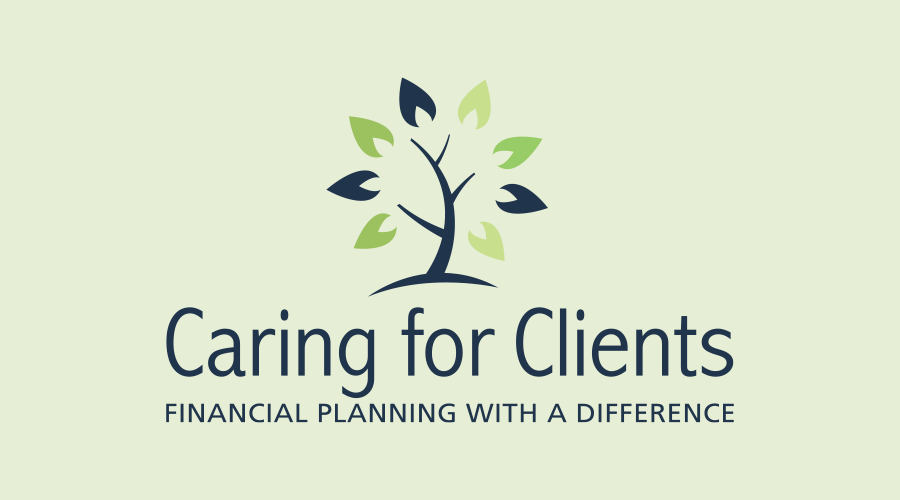With interest rates at historical lows, the majority of Canadians with mortgages, lines of credit or conventional loans are making the minimum payments required by their bank or credit union.
This is a mistake.
When interest rates are low, more of your payments can go towards principal rather than interest. This allows you to reduce the debt outstanding so that when rates inevitably rise, you have less principle outstanding at the higher rates.
Here’s an example:
$400,000 mortgage at Prime less .85% is 2.15% (best rate I’ve seen of late),
Amortized over 25 years the monthly payment is $1,724 per month. The borrower assumes that they will be mortgage free in 25 years.
Let’s fast forward 2 years. The good news is that the mortgage has been reduced to $375,000. The bad news is that interest rates have increased by 1% and this borrower is now paying 3.15% on their mortgage.
If the borrower leaves their mortgage payment at $1,724 per month, instead of only having 23 years left to be mortgage free, the amortization has become 27 years!
In order to keep the amortization at the original schedule (23 years remaining) the payment would need to be increased $206 to $1,930 per month.
Since the mortgage is fully secured by your home, the bank will likely not ask you to increase your payments. The longer you are indebted to them, the better their profits.
I think that anyone who decides to spend more rather than pay down debt when rates are low simply have not done the math. It’s easier in the short term to avoid debt repayment….but it bites in the long term.
This information is of a general nature and should not be considered professional advice. Its accuracy or completeness is not guaranteed and Queensbury Strategies Inc. assumes no responsibility or liability.

